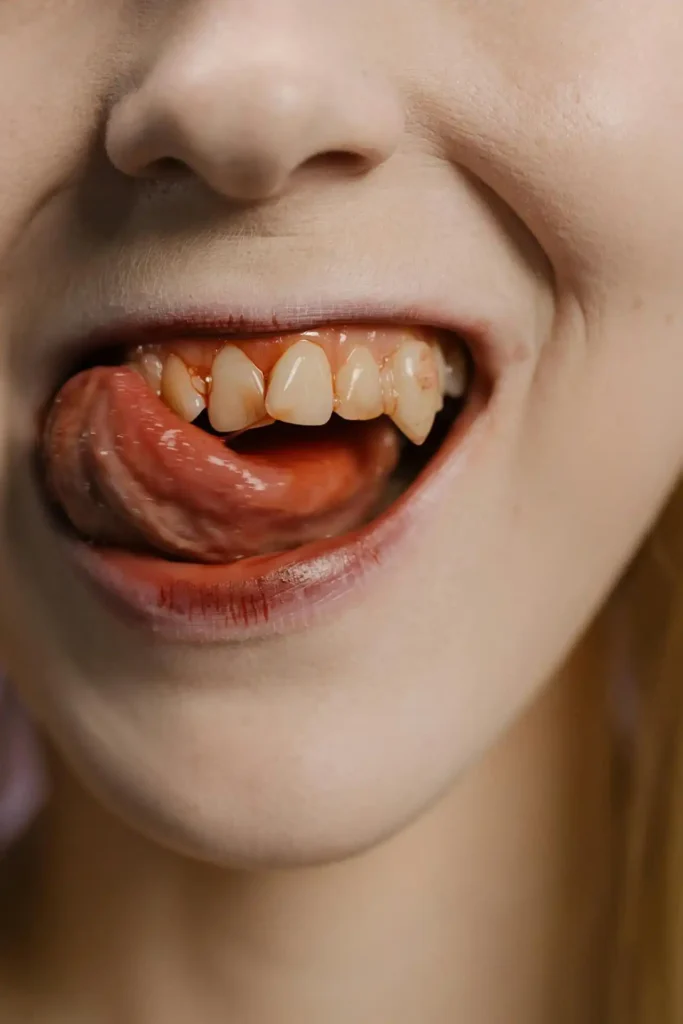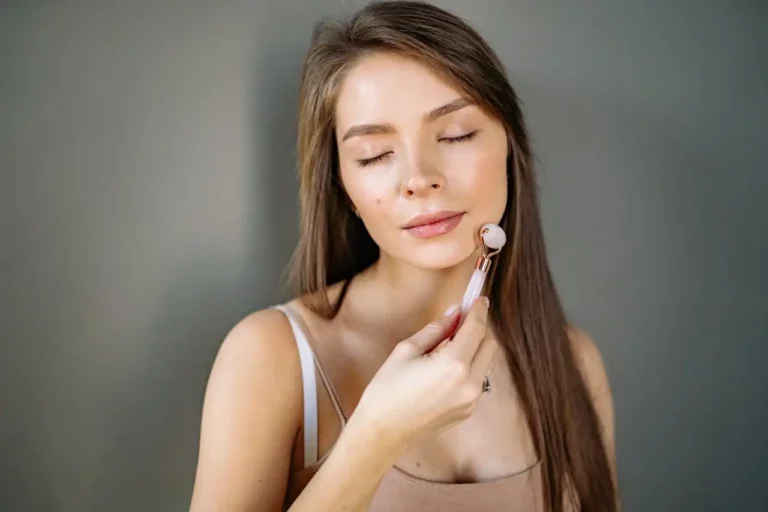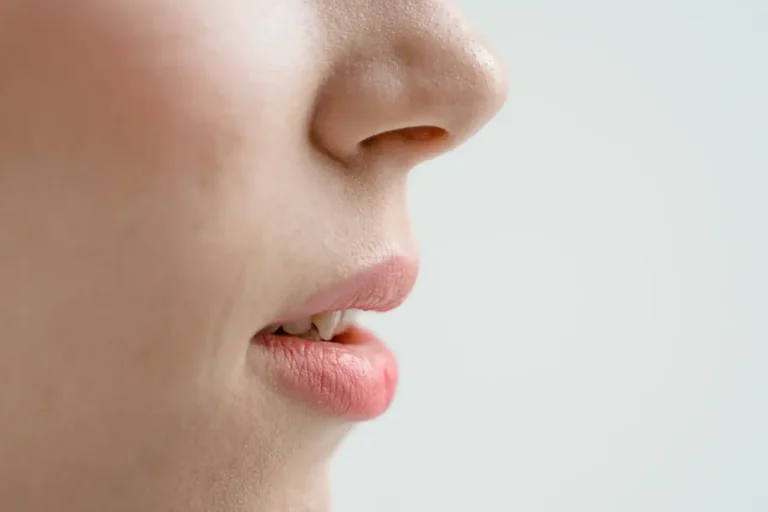5 Reasons Your Skin is Breaking Out (It’s Not Always Hormones!)
You’ve tried every acne treatment on the market, blamed your monthly cycle, and still wake up to new breakouts.
While hormones often take the blame for stubborn skin issues, they’re not always the culprit. Your daily habits might be sabotaging your complexion in ways you never imagined.
1. Your Sweet Tooth is Wreaking Havoc on Your Complexion

That afternoon candy bar or your daily sugary coffee drink could be the real reason behind your persistent breakouts.
High-glycemic foods cause your blood sugar to spike rapidly, triggering a cascade of inflammatory responses throughout your body.
When you consume sugar and refined carbohydrates, your body produces more insulin to manage the sudden glucose surge.
This insulin spike stimulates the production of androgens, which are hormones that increase oil production in your skin.
More oil means clogged pores, and clogged pores lead to those frustrating pimples.
Dairy products can be equally problematic for your skin. Milk contains natural hormones from cows, including insulin-like growth factor-1 (IGF-1), which can stimulate oil glands and promote inflammation.
Even organic milk contains these naturally occurring hormones that can disrupt your skin’s balance.
The solution doesn’t require eliminating every treat from your diet. Start by reducing your intake of processed foods, white bread, sugary drinks, and excessive dairy.
Replace these with complex carbohydrates, lean proteins, and plenty of vegetables. You’ll likely notice clearer skin within a few weeks of making these dietary adjustments.
2. Your Pillowcase is a Breeding Ground for Bacteria
You spend roughly eight hours each night with your face pressed against your pillowcase, yet most people wash their bedding only once a week.
This creates the perfect environment for bacteria, dead skin cells, and oil to accumulate and transfer back to your face nightly.
Your hair products, including leave-in conditioners, oils, and styling products, seep into your pillowcase throughout the night.
These products can clog your pores, especially along your hairline and on your forehead. If you use heavy moisturizers or night creams, these also build up on your pillowcase over time.
Cotton pillowcases can be particularly problematic because they absorb and hold onto bacteria, oils, and product residue.
The friction between your skin and cotton can also cause irritation, leading to micro-tears that become infected and inflamed.
Switch to silk or satin pillowcases, which are naturally antimicrobial and create less friction against your skin.
More importantly, wash your pillowcases every two to three days, or keep multiple clean ones on hand to swap out regularly.
This simple change can dramatically reduce the bacterial load your face encounters each night.
3. You’re Over-Cleansing and Stripping Your Skin’s Natural Protection

In your quest for clear skin, you might be washing your face too frequently or using products that are too harsh.
Over-cleansing strips away your skin’s natural protective barrier, causing it to overcompensate by producing even more oil.
Many people believe that oily, acne-prone skin needs aggressive cleansing to remove excess sebum.
However, using harsh scrubs, alcohol-based toners, or washing your face more than twice daily can actually worsen breakouts.
When you damage your skin barrier, you create small tears that bacteria can easily penetrate.
Your skin has a naturally acidic pH of around 5.5, which helps maintain healthy bacteria and prevents harmful microorganisms from taking hold.
Harsh cleansers and scrubs disrupt this delicate pH balance, creating an environment where acne-causing bacteria can thrive.
The key is finding the right balance for your skin type. Use a gentle, pH-balanced cleanser twice daily and avoid products containing harsh sulfates or high concentrations of alcohol.
If you feel like you need to cleanse more frequently due to sweat or environmental factors, simply rinse with lukewarm water instead of using cleanser every time.
4. Your Phone and Hands are Constantly Contaminating Your Face
Think about everything your hands touch throughout the day – doorknobs, keyboards, shopping carts, and countless other surfaces teeming with bacteria.
Now consider how often you unconsciously touch your face, transferring all those germs directly to your skin.
Your smartphone is one of the worst offenders when it comes to skin contamination. Studies show that cell phones carry more bacteria per square inch than a public toilet seat.
Every time you hold your phone against your cheek during a call, you’re pressing this bacterial breeding ground directly against your skin.
The heat generated by your phone during calls also creates additional problems. The combination creates perfect conditions for breakouts along your jawline and cheek area.
This warmth opens your pores and increases oil production, while the pressure from holding the device can push bacteria deeper into your skin.
Make it a habit to clean your phone screen daily with disinfectant wipes, and try to use speakerphone or earbuds whenever possible.
Wash your hands frequently throughout the day, especially before applying skincare products or touching your face.
Consider keeping hand sanitizer at your desk and in your bag for times when soap and water aren’t available.
5. Chronic Stress is Triggering an Inflammatory Response

While you might not consider stress a direct cause of acne, chronic stress creates a perfect storm of conditions that promote breakouts.
When you’re stressed, your body produces higher levels of cortisol, a hormone that increases oil production and triggers inflammatory responses throughout your body.
Stress also weakens your immune system, making it harder for your body to fight off acne-causing bacteria.
Additionally, when you’re stressed, you’re more likely to engage in behaviors that worsen acne, such as touching your face, picking at existing blemishes, or neglecting your skincare routine.
Poor sleep, which often accompanies high stress levels, compounds these problems. During sleep, your body repairs and regenerates skin cells.
When you don’t get adequate rest, this healing process is disrupted, and your skin becomes more susceptible to inflammation and breakouts.
Lack of sleep also affects your hormone levels, including insulin sensitivity, which can lead to increased oil production.
Your skin literally needs those seven to nine hours of quality sleep to maintain its health and appearance.
Managing stress requires a multi-faceted approach. Regular exercise helps reduce cortisol levels and improves circulation, which benefits your skin.
Meditation, deep breathing exercises, or yoga can help you develop better stress management techniques.
Prioritize sleep by establishing a consistent bedtime routine and creating a sleep-friendly environment.
Conclusion
Your breakouts might have less to do with hormones and more to do with your daily habits. Simple changes can lead to dramatically clearer skin.
By addressing these often-overlooked factors – your diet, bedding hygiene, cleansing routine, phone habits, and stress levels – you can take control of your skin health.
Remember that consistency is key, and it may take several weeks to see significant improvements.
Your skin will thank you for paying attention to these hidden culprits behind your breakouts.







